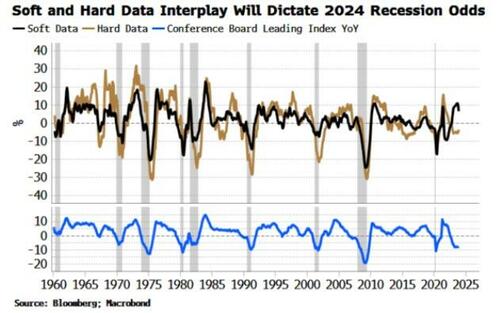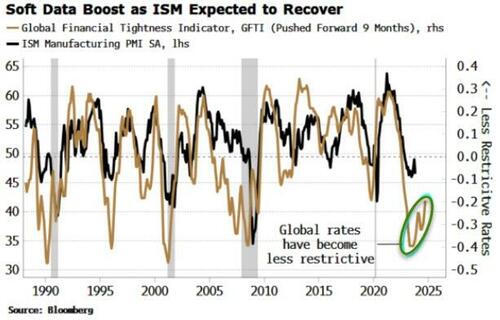In 2023, Maine became the first U.S. state to partially decriminalize prostitution. It’s unlikely to be the last. And sex-worker rights activists are concerned.
By criminalizing prostitution customers but not sex workers, Maine’s law may seem like a step in the right direction. But it threatens to derail momentum for full decriminalization, while recreating many of full prohibition’s harms.
It also represents a paternalistic philosophical premise: that sex workers are all victims and their consent to sexual activity is—like a minor’s—irrelevant. And this premise is used to justify all sorts of bad programs and policies, including drastically ramping up penalties for people who pay for sex.
Orwellian “Equality”
The new Maine law removed criminal penalties for selling sex under certain circumstances, while keeping in place a ban on buying sex and other activities surrounding prostitution. It also rechristened prostitution as commercial sexual exploitation.
This has long been known as the Swedish model or Nordic model of sex work law after Sweden implemented it in 1999 and Norway and Iceland in the 2000s. It’s also referred to as the “End Demand” strategy—a term cribbed from 1980s Drug War plans to “end demand” for illegal drugs by shifting law enforcement focus from drug dealers to people buying drugs (and we all know how that worked out…). Its lodestar is ramping up penalties for prostitution customers, whom prohibitionists still refer to using the old-timey slang “johns,” and devoting lots of law enforcement attention to “john stings” in which undercover cops pose as women selling sexual services.
In an Orwellian twist, U.S. activists have been trying to rebrand it the “Equality Model“—an egregious misnomer, considering that the whole point of this model is that those selling sex (largely women) and those paying for it (largely men) should be treated differently under the law.
The underlying premise of the “Equality Model” is that no one consents to paid sex; that they’re all victims, and thus shouldn’t be penalized for their part in such transactions. In turn, anyone paying for sex—even with someone who seems to be consenting—is a perpetrator who should be criminalized harshly. Likewise, anyone who abets prostitution should be treated as a sex trafficker, even when the person being “prostituted” is ostensibly a consenting adult.
Nordic/End Demand/Equality Model advocates reject the term sex worker in favor of terms like prostituted women or sex trade survivors—phrases that remove all agency from those engaged in selling sex. Their whole premise infantilizes sex workers and, by extension, women, since a majority of sex workers are women.
Maggie McNeill wrote the ultimate essay on this more than 10 years ago. “The ‘Swedish model’ posits that paying for sex is a form of male violence against women,” McNeill noted. “This is why only the act of payment is de jure prohibited: the woman is legally defined as being unable to give valid consent, just as an adolescent girl is in the crime of statutory rape. The man is thus defined as morally superior to the woman; he is criminally culpable for his decisions, but she is not. In one case, a 17-year-old boy (a legal minor in Sweden) was convicted under the law, thus establishing that in the area of sex, adult women are less competent than male children.”
Coming Soon to a State Near You?
I talked to Kaytlin Bailey, founder of Old Pros—a nonprofit media organization dedicated to elevating sex worker stories—late last month about what political trends were on her group’s radar for 2024. Bailey said the biggest one is the push in the U.S. to pass Nordic/End Demand/Equality Model prostitution laws, which she and other sex worker rights activists know will make their work more difficult and less safe by criminalizing clients and people whom sex workers live and work with.
There’s no doubt that the political profile of such policies has been rising.
Maine may be the only state to pass a Nordic Model bill last year, but at least two additional states—Massachusetts and New York—considered them.
Last year also saw big new grants available for people pushing the “Equality Model,” new symposiums on its implementation and enforcement, and applause for it from old school feminist entities like Ms. Magazine.
Making Men Who Pay for Sex Pay
One of the biggest dangers of the Nordic model push in the U.S. is that places will take the pro-carceral part of it—in which prostitution customers are serious criminals who deserve steeper penalties—to heart while ignoring the parts that at least provide sex workers some relief from prosecution. We’re already seeing this take effect in several states.
Texas made soliciting paid sex a felony in 2022. Last year, several states, including Oklahoma and Tennessee, considered measures to do the same. A bill to this effect was introduced in Delaware just last month.
Montana last year raised possible penalties for patronizing prostitution from a maximum of $1,000 and/or five years in prison to a maximum of $5,000 and/or 10 years in prison.
Montana also created a mandatory minimum of two years (and a possible sentence of up to 20 years) for “sex trafficking,” which it defines as any third-party involvement in prostitution, regardless of whether the person being paid for sex was a consenting adult. Driving a sex worker to meet a customer is now “sex trafficking.” So is renting a place to a sex worker, or benefiting in any way financially from prostitution—opening up landlords and motels to sex trafficking charges if they don’t kick sex workers out.
Why This Will Catch On…
“End Demand” policies are catnip to a certain sort of politician. They have a pro-woman veneer without being radical departures from the status quo.
They defy easy left/right labels and provide opportunities for bipartisan legislative efforts.
They can be framed as a way to get tough on crime, or as a type of criminal justice reform.
“End Demand” activists have even started co-opting the language of racial justice and social justice for their efforts. See, for instance, the prohibitionist group Rights4Girls tweeting about how prostitution customers are mostly white men exploiting marginalized women.
People who don’t pay close attention may genuinely think that they’re doing a good thing by implementing the “Equality Model.”
But they would be wrong.
… And Why It Shouldn’t
Advocates of asymmetrical criminalization say it’s beneficial for people selling sex, but a wealth of evidence suggests otherwise. Because no matter what you call it, this model keeps prostitution a black market—which means most of the things that make prostitution dangerous remain intact.
Under “partial decriminalization” like Maine’s, it’s still illegal for sex workers to work together, to work in safe locations, or to employ people to help keep them safe. Their work is still policed, only now it’s deemed for their own good. They still can’t advertise openly. They still face reluctance from clients—perhaps more than ever—to submit to screening procedures. And because some segment of law-abiding or risk-averse people are going to be turned off by a criminalized system in a way they might not be under decriminalization, the pool of prostitution customers is tilted toward people who might be riskier in a number of ways.
Being a black market also makes things more risky for prostitution customers, police targeting notwithstanding.
And it still means that cops are going to waste a lot of time and resources—and invade a lot of privacy—going after people for private, consensual sex acts.
“The conflation of adult consensual behavior with exploitation is a direct attack on the bodily autonomy of adults and assumes that sex workers in Maine are not competent enough to make informed decisions about their own private choices,” Melissa Sontag Broudo, co-director of the SOAR Institute, testified to the Maine judiciary committee last year. “Additionally, criminalizing the purchase of sex misdirects law enforcement resources towards consensual interactions, further limiting resources available to address exploitation and trafficking.”
Evidence from countries that have implemented Nordic-style policies suggests they’re not what it’s cracked up to be.
One study published in 2023 found that liberalizing prostitution laws led to lower rape rates overall, while passing stricter prohibitions led to increases in rape rates. Implementation of the Nordic Model was associated with the biggest increase.
Research on the Nordic Model in various European countries has found it failed to decrease the prevalence of prostitution,
Here’s a massive 2021 report detailing “the impact of passing and implementing Nordic Model legislation on sex workers’ lives and working conditions.” The researchers found “sex workers still face high levels of policing, and often remain criminalized under third party or organizing laws. Because policing of the buyer involves policing and surveillance of the sex trade and the transaction of commercial sex, sellers of sexual services still experiencing policing and its associated harms.”
The philosophical underpinnings of the Nordic/End Demand/Equality Model also leave room for institutionalizing a lot of conservative/rad-fem nonsense about sex, power, porn, gender relations, and more. For instance, at the Villanova University Law School’s 2023 symposium on sexual exploitation, “Tricia Gant discussed her work in the sex buyer accountability program… a 10-week diversionary program for sex buyers which encourages them to engage in reflective interviews and discussions of loneliness, trauma, porn, and the harms of commercial sexual exploitation,” per a blog post about the event.
Why Full Decriminalization Should Be the Ultimate Goal
Sex workers and human rights activists around the world say the real way forward is full decriminalization—removing criminal penalties for both buying and selling sex. In the United States, we’ve seen small but encouraging signs that this idea is catching on, including decriminalization legislation introduced last year in Hawaii, New York, and Vermont.
Full decriminalization should be the ultimate goal. But in places where that’s not feasible yet, there are other policies that can make a positive difference, and we’ve seen some momentum around a few of these as well.
Rhode Island and a number of other states have been debating immunity bills, which can provide sex workers immunity from prostitution prosecution when they report crimes against them or others.
New York, California, and Dallas have ended “loitering for prostitution” or “manifesting prostitution” policies, which let cops harass and arrest anyone they deem likely to be a sex worker, even when that person is just standing around. The California and New York reforms came from state lawmakers. In Dallas, the county Criminal Court of Appeals struck down the law in response to a legal challenge.
And, in some places, prosecutors have vowed not to prosecute prostitution cases. It’s not an ideal situation, since it leaves things up to the discretion of individual actors and political whims. But it’s better than nothing, and certainly beats the trend toward increased sex stings we’ve seen in many places.
End Demand for Fake Progress
The growing profile of the “Equality Model” threatens to stall all this progress.
For one thing, a lot of people will be confused. For instance, Maine’s law was described by many publications as a measure to decriminalize prostitution. People who don’t read closely may not realize that End Demand policies don’t actually do that.
And even those who do read closely may not realize that this isn’t what’s generally meant by decriminalization. They might think that it’s what sex worker rights organizations and groups like the United Nations, Amnesty International, the American Civil Liberties Union, the World Health Organization, and Human Rights Watch have been pushing for, when what all of these entities have advocated is full decriminalization of prostitution.
Meanwhile, the movement to fully decriminalize sex work—to champion “rights, not rescue,” as the slogan goes—now has to spend a lot of time and effort educating people about the “Equality Model” and explaining the difference between their agenda and this one. It adds another layer of work and complication to their organizing, education, and lobbying efforts.
It looks like one of the biggest challenges for sex worker rights, sexual freedom, and civil liberties advocates in 2024 will be not letting “Equality Model” shenanigans eat up any momentum available for reforming prostitution laws the right way.
The post Maine's Bad Prostitution Law Could Be Coming Soon to Your State appeared first on Reason.com.
from Latest https://ift.tt/AjXiEcW
via IFTTT

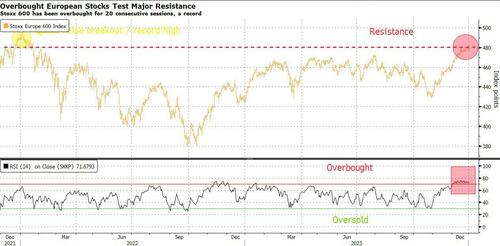



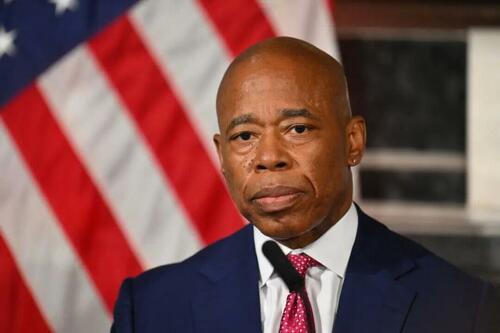


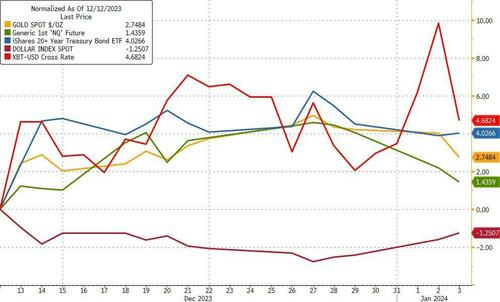
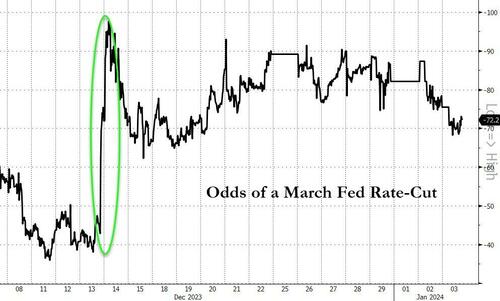
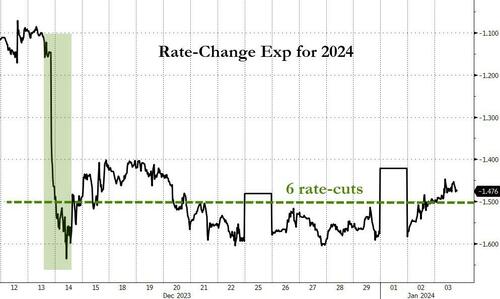
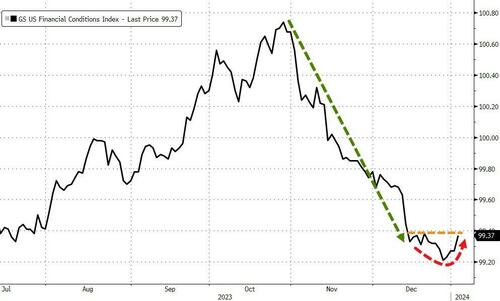
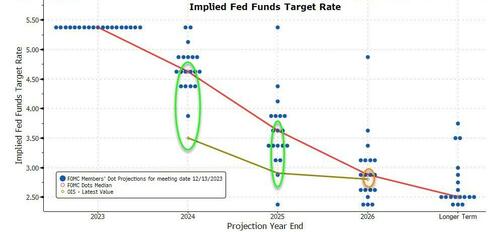

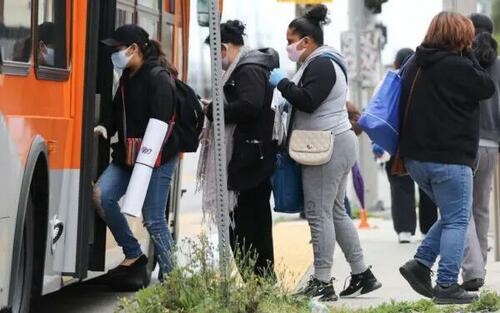

 Decriminalizing SW (@oldprosonline)
Decriminalizing SW (@oldprosonline) 

